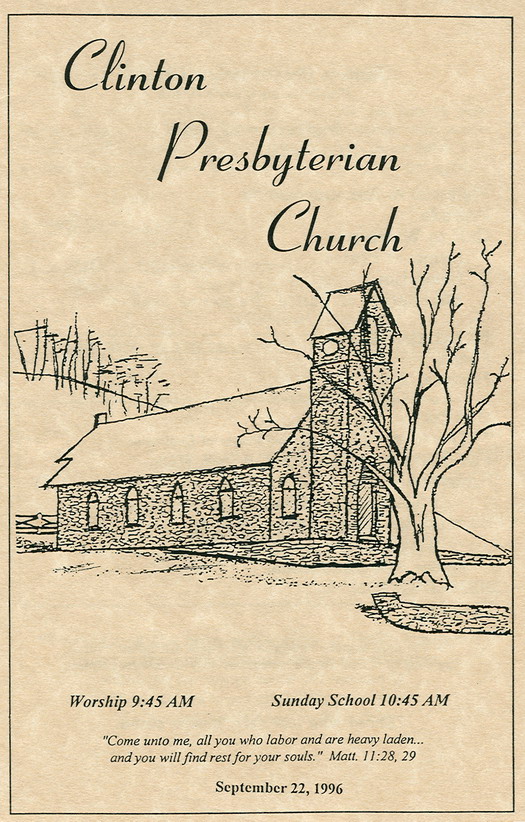MEETS DEATH BY DROWNING
Joseph A. Sutherland
of Silver Lake, the Victim - - One of the County's Honored Citizens
It is with regret that we note the unfortunate death of Joseph A. Sutherland, which occurred down the Laurel last Thursday afternoon at 3 o'clock. The circumstances surrounding his death are about as follows: He was returning from a business trip in Virginia to his home at Silver Lake, this county. The heavy rains of Tuesday and Wednesday swelled all the streams and made them dangerous to cross. Mr. Sutherland lost his life in attempting to cross White Top Creek at the Cornett ford. Before he had gone far his horse stumbled and threw him. A couple of fellows were fishing on the opposite side of the creek and saw the accident and heard the unfortunate man cry for help) but instead of rendering assistance themselves the fishermen hurried to inform others of the accident and before assistance arrived the body had washed down the stream quite a distance and was found lodged behind a drift, nothing being visible except the white locks of his head which floated above the surface of the water.
This, indeed, is sad news and will be the cause of genuine sorrow in many homes throughout this entire section of the country, as the deceased had a large circle of friends and was well known by all classes of people. Mr. Sutherland was one of our best farmers and largest stock dealers and had amassed a handsome fortune. He was an honest, plain, frank man, and a consistent Christian, being a valuable member of the M. E. church, however, he was liberal toward the various denominations throughout the county and gave liberal support to laudable undertakings.
The deceased was born in this county August 7, 1841. He credibly filled the positions of Trustee and Sheriff of Johnson county and has also served as Chairman of the county court. He was twice married, his first wife being Mrs. Sarah Wills. To this union was born one child, a son, Clinton, who died from the effects of a burn at the age of nine years. The handsome M. E. church at Silver Lake, known as Clinton's Chapel, was named in memory of this little boy and Mr. Sutherland gave a large amount for the erection of the church. His second wife, who survives him, was Miss Nannie Wright, a sister of James W. and R. F. Wright, of this city. To this union have been born six children --three girls and three boys, all of whom are living.
A very large number of people from the surrounding country assembled at the home of the deceased Saturday morning to attend the funeral service. Owing to the immense throng of people there were no services held at the family residence. It was near noon when the funeral procession formed and followed the remains to Clinton's Chapel, where public service was held. This large building was filled with sympathizing friends and the occasion was very pathetic. Rev. G. S. Bales preached the funeral sermon and he was followed b Rev. J. L. Griffitts and N.R. Wills, who made brief and pointed talks in memory of the deceased, after which the Masonic fraternity took charge of the remains and conveyed them to the family cemetery where with the beautiful and impressive ceremony of the order, all that was mortal of Joseph A. Sutherland was consigned to the tomb and his body gently covered with the clods of the valley.
from The Tomahawk, March 31, 1904 Mr. Joseph A. Sutherland was a man of wealth and a great Christian leader. Mr. Sutherland's 10 year old son, Clinton, was a victim of a tragic accident while helping his father and other farm hands round-up cattle on a mountain range. Clinton had gun powder and matches in his pocket when he fell and the powder and matches ignited and burned him to death. This unusual accident brought grief to the whole community. A picture hangs in our Church of this little boy whose death took place May 1, 1887.
Mr. Joseph A. Sutherland was a man of wealth and a great Christian leader. Mr. Sutherland's 10 year old son, Clinton, was a victim of a tragic accident while helping his father and other farm hands round-up cattle on a mountain range. Clinton had gun powder and matches in his pocket when he fell and the powder and matches ignited and burned him to death. This unusual accident brought grief to the whole community. A picture hangs in our Church of this little boy whose death took place May 1, 1887. 